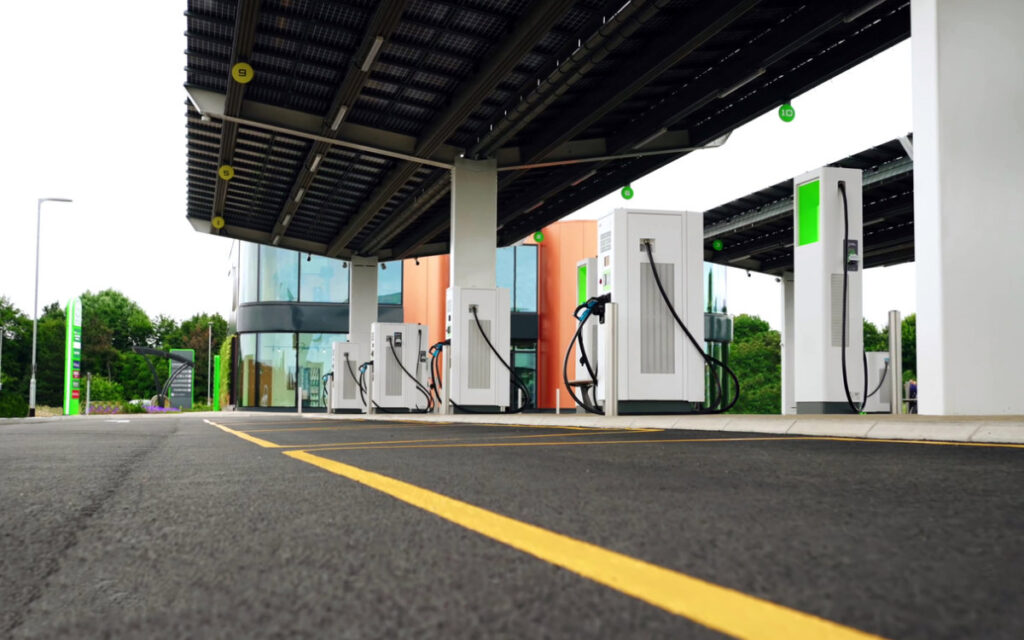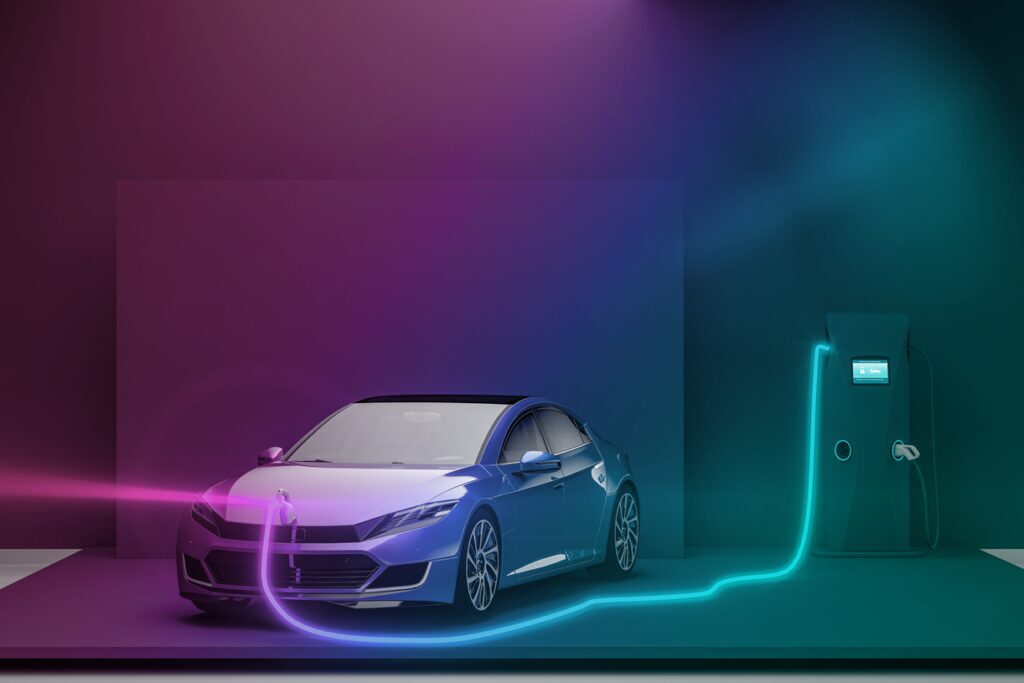As we transition towards a sustainable future, electric vehicles (EVs) have emerged as a key player. However, the growth of EVs is inextricably linked to the development of an efficient charging infrastructure.
This article explores the current state of EV charging networks, the challenges in their expansion, innovative solutions being employed, and the potential impact on our future. Understanding these aspects is crucial in accelerating our journey towards a cleaner, greener future.
Understanding EV Charging Networks

Source: realpage.com
Delving into the realm of EV charging networks, it’s crucial to comprehend that they form the backbone of our transition to electric mobility, providing the necessary infrastructure for powering these innovative vehicles.
The Charging Standards Comparison reveals a diversity of charging options, each with unique features, power outputs, and connector types, catering to different vehicle models and user needs.
However, the complexity of the EV charging ecosystem brings about a pertinent issue: EV Network Security. As we leverage advanced technologies to enhance charging convenience and efficiency, it’s paramount to establish robust security measures.
This will protect the integrity of the network, user data, and the overarching electric grid, maximizing the potential of electric mobility while ensuring its secure adoption.
The Current State of EV Infrastructure
In light of the ever-evolving EV charging networks, it is essential to examine the existing state of EV infrastructure, which is pivotal in facilitating a seamless transition to electric mobility.
Currently, infrastructure financing presents a significant challenge due to high initial costs and uncertainties surrounding demand. However, public-private partnerships are emerging as viable solutions, fostering the development of charging stations and grid reinforcement.
Additionally, policy implications are integral to this discourse; favourable policies can stimulate growth and address market failures. For instance, incentives for early adopters and regulations that encourage renewable energy integration are already shaping a more resilient EV infrastructure.
As these dynamics continue to evolve, understanding the current state of infrastructure will be instrumental in charting the course towards a sustainable transportation future.
Challenges in Building EV Charging Network

Source: electricautonomy.ca
Numerous obstacles hinder the rapid expansion of the EV charging network. These include high installation costs, technological limitations, and regulatory barriers. Policy hurdles, specifically around standardization and interoperability, also pose significant challenges.
Investment constraints further limit the scope of expansion, as high capital expenditure in infrastructure setup and operation deters potential investors who are uncertain about the return on investment.
Despite the promising future of electric vehicles, there are current technological limitations that cannot be overlooked. The presence of varied plug types, battery capacities, and charging speeds adds complexity to the charging infrastructure. Additionally, the lack of national and international regulatory frameworks for EV charging standards and grid integration issues hamper the development of a robust, reliable, and efficient charging network.
To overcome these challenges, concerted efforts from policy-makers, industry stakeholders, and investors are required.
Innovative Solutions for EV Charging
Despite the identified challenges in establishing a comprehensive EV charging network, innovative solutions are emerging that promise to tackle these issues head on and revolutionize the electric vehicle infrastructure.
One such promising development is the advancement in Wireless Charging technology. This innovation eliminates the need for physical connectors, increasing user convenience and potentially leading to more widespread adoption of EVs.
Furthermore, the integration of Green Energy into the charging infrastructure is being explored. This includes solar-powered charging stations and using excess renewable energy for charging, thereby reducing the carbon footprint of EVs.
These solutions, combining technological innovation with a commitment to sustainability, hold the possibility of reshaping the EV charging landscape, overcoming previous barriers and paving the way for a more connected, electric future.
The Future Impact of EV Networks

Source: cubictelecom.com
The proliferation of EV networks holds enormous potential for profound transformation in our transportation landscape, heralding a fresh era of environmental sustainability and technological integration.
This revolution is largely contingent on two core aspects: network reliability and EV affordability. Reliable networks, with robust, ubiquitous charging infrastructure, will drive the uptake of electric vehicles, ensuring seamless, uninterrupted mobility. Concurrently, as economies of scale are achieved in EV production and battery technology advances, EV affordability should improve, making these vehicles financially accessible to a broader populace.
This convergence of reliable networks and affordable EVs will precipitate a paradigm shift towards cleaner, greener transport, reshaping our cities, reducing carbon footprints, and reinforcing our commitment to a sustainable future.


